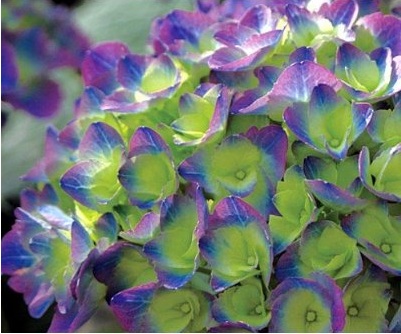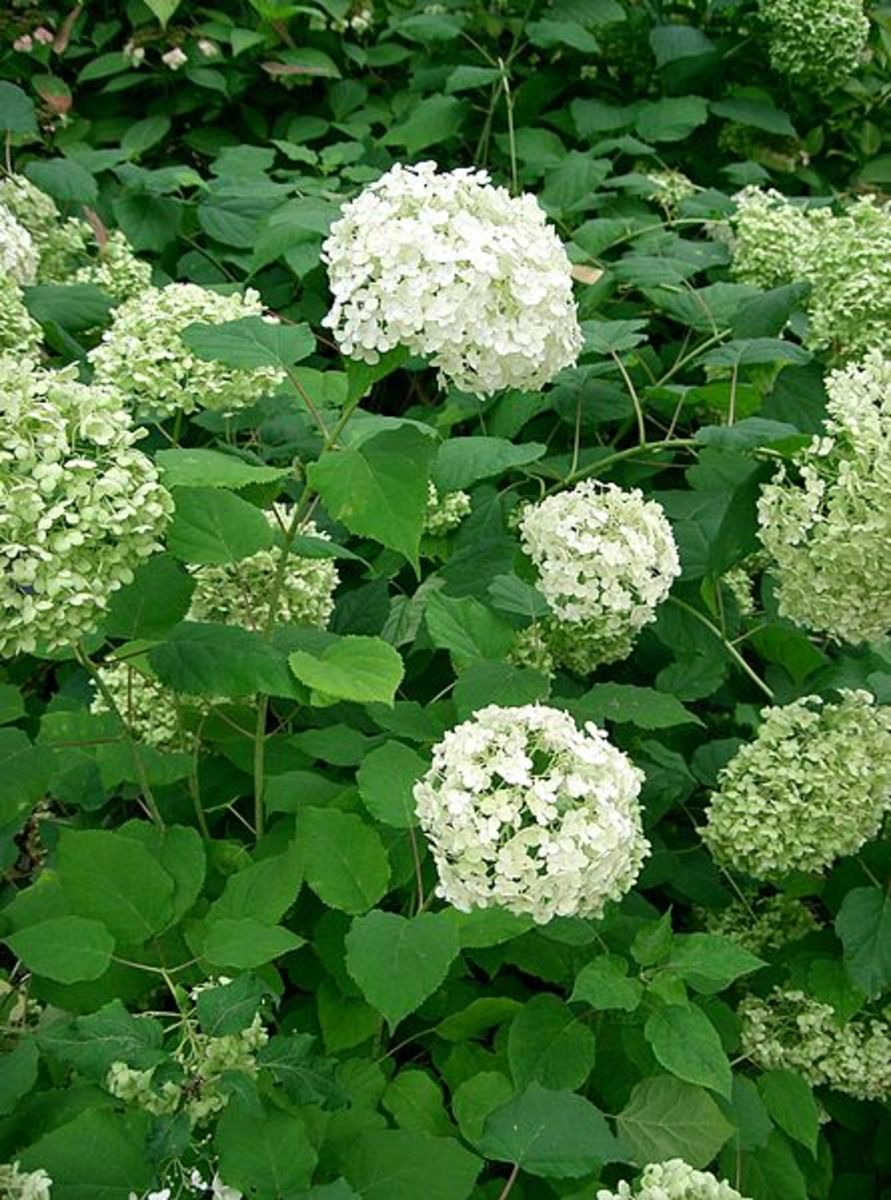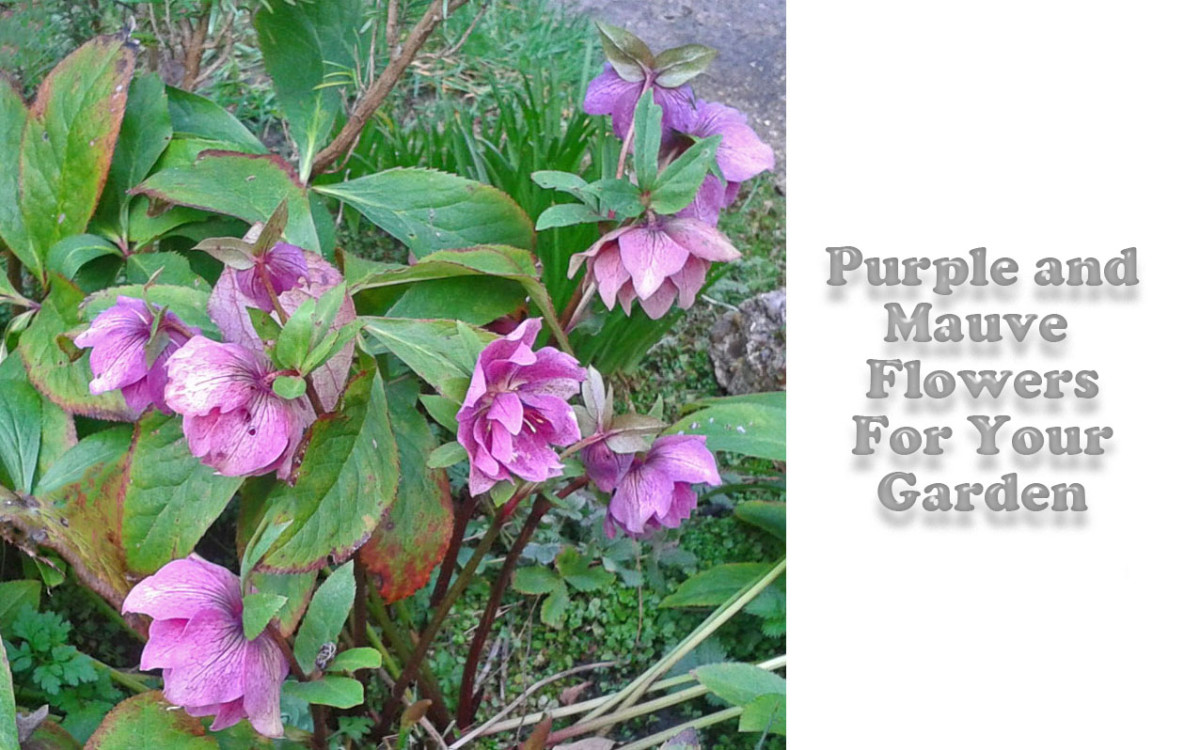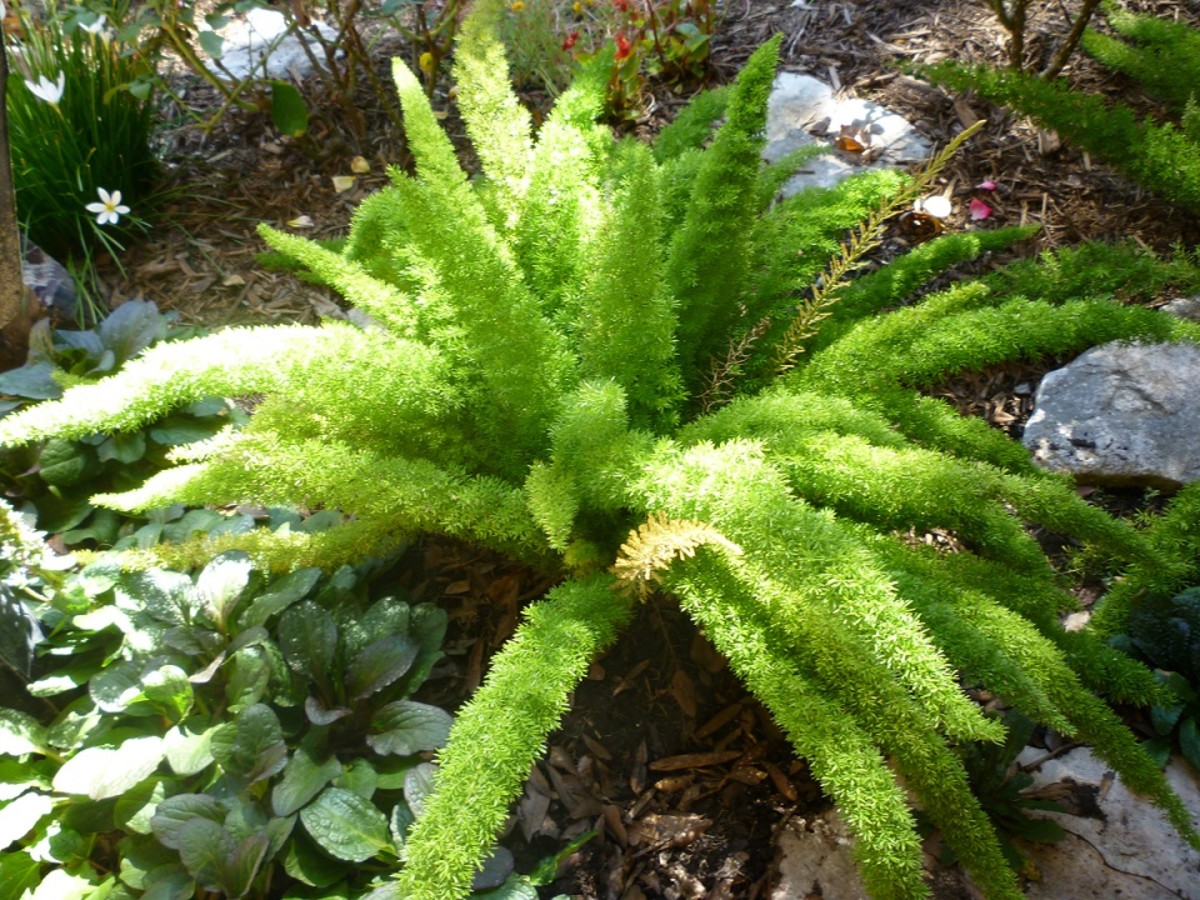Grow Hydrangeas - Plant Hydrandea Plants
Hydrangeas
Hydrangeas are a popular flowering plant that is native to southern and eastern Asia, ranging from parts of Japan, China, Himalaya, and Indonesia. The plant can also be found in North and South America as well.
These popular plants come in about 100 different species and varieties that produce different color flowers that bloom anywhere from early spring throughout late fall.
The more common and popular hydrangea flowers are white, blue, red, pink, and purple, but what is crazy is that the exact color of the flowers will vary on the acidity or alkalinity of the soil. More acidic dirt will product blue flowers, whereas alkaline dirt products more pink and purple flowers. If the dirt pH is more in-between and neutral, the color of the flowers tend to be a cream color.
If you're thinking about planting a few hydrangea plants in your garden, it's a good idea to make sure that you know how to care for them. Not all plants are the same, and some require a little more care.
How to Plant Hydrangea
The first thing to keep in mind, is when and where to plant hydrangea plants.
Where to Plant Hydrangeas- These plants need morning sun and afternoon shade, so you want to find a location that will be able to offer that, as even if you plant the flowering plant at the right time of year, if the location isn't right, the plant will not survive. If you live more north, the more sun the plant can tolerate, but if you live in the south or in areas where the temperatures are higher, the plant may burn in full sunlight.
Keep in mind that these plants can reach about 4 feet tall and 4 feet wide, so you want to accommodate this space when choosing your location.
Avoid planting hydrangeas under trees, as they often fail to survive. The trees typically suck the nutrients from the soil, so that the hydrangea and other plants don't thrive so well in the area. In some cases, they do fine under hardwood trees, as the area will be shady, but if there isn't any grass growing under the tree, the plant won't survive long.
Find an area that has well-drained soil.
When to Plant Hydrangeas- If you have a pre-establised hydrangea plant, you want to plant it in early summer or late fall. When planting in early summer, you'll need to water more to better establish the roots,
If you're planting a younger hydrangea or transplanting the plant, you'll want to move it in late fall, when the plant has lost all of its leaves. It is safer to move a plant when it is dormant.

Once you have it figured out where to plant the hydrangea plants, make sure to know how to plant the flower.
- If you want, you can test the soil first. Depending on the pH, the color of the hydrangea flower may vary. The more alkaline the soil, the bluer the flower, whereas more acidic the soil, the more pink the flower will be.
- Dig a hole that is twice as wide as the root ball and just a little bit shallower than the root.
- Add a little roughage if the dirt is heavy. You can add bark or mulch to the dirt in order to achieve the roughage.
- Roughen up and loosen the roots a little with your hands so that they will better grow and penetrate the soil.
- Place the root ball into the ground with about 1/2"-1" of the root ball showing, unless there are roots showing.
- Fill the hole with dirt and water. Add the water as you add the dirt. You want to make sure that there aren't any air pockets in the soil around the plant.
- Put about 3" of mulch around the base of the plant once you've filled the hole in completely. This will help the soil conserve moisture.
Tips for growing hydrangea plants:
- You want to use a slow-release fertilizer in the spring of every year, and prune the plant in late summer after the plant has finished blooming for the year. If you regularly prune the plant, you should see blooms yearly.
- Also, keep in mind that too much shade may cause the hydrangea not to bloom, and too much sun can burn the plant.
- If the plant appears weak, ill, or distressed, don't fertilize it.
- If the plant is having trouble producing clusters, or isn't producing as many as it used to, thin the plant down.










